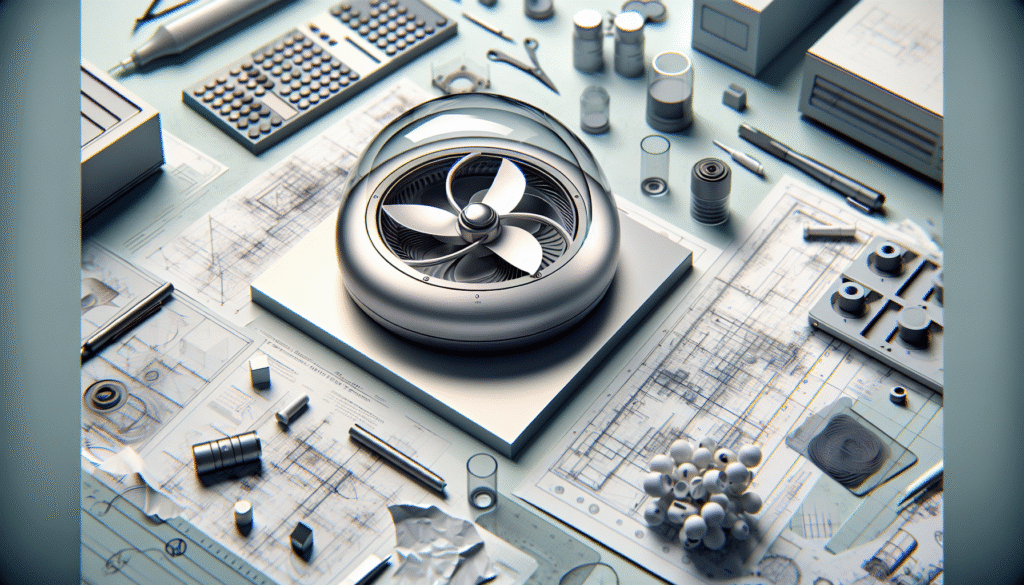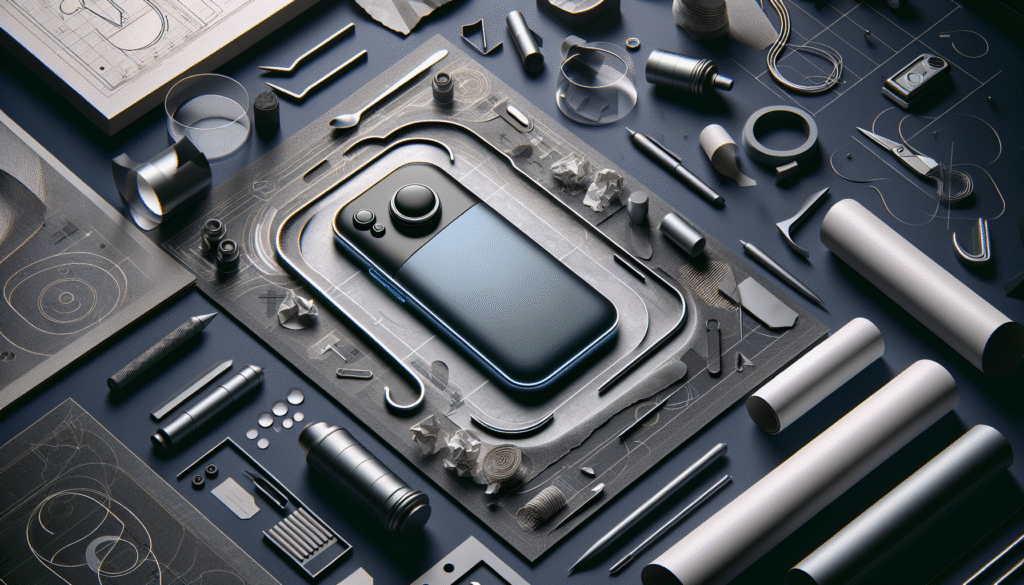Have you ever come across a tool or gadget that seemed perfect at first glance, only to find it falls short in real-world applications? As much as we would love to step into a world where every invention is a surefire hit, the reality is that some ideas, despite their initial appeal, don’t make the cut when put to practical use. In this discussion, let’s unravel the fascinating journey of three such tools that promised much on paper but failed to deliver when brought into the lab. Together, let’s consider where they might have veered off course and what lessons we can glean from their less-than-stellar performances.

1. The All-Purpose Smartwatch: A Jack of All Trades?
Smartwatches burst onto the scene with the promise of revolutionizing how we manage our daily tasks, a miniature world strapped to your wrist! As the potential unfolded on paper, it seemed logical that we would replace our phones for a more hands-free approach. Wouldn’t we love the idea of tracking our health, managing our day, and catching up with friends by simply glancing at our wrists?
Promises vs. Reality
On paper, the all-purpose smartwatch aimed to be the Swiss Army knife of technology. It promised comprehensive health tracking, seamless integration with our digital lives, and, of course, the ability to tell time. The lab tests, however, painted a different picture. While it excelled in monitoring pulse and tracking steps, user feedback revealed significant issues with its battery life and accuracy in more advanced features, like GPS tracking and advanced health metrics. Such discrepancies between promise and execution left much to be desired.
The Battery Dilemma
A key promise of smartwatches was convenience, but their limited battery life often meant needing to charge them just as frequently as smartphones. During testing, many users found that these watches couldn’t last a full day of moderate use. For instance, continuous health monitoring features drained the battery much faster than expected, leading us to question their practicality for all-day wear.
Lessons Learned
So, why did this happen? The technology is sound in theory, but possibly over-ambitious in its current guise. It teaches us to critically assess whether combining various functionalities in one device truly adds value or merely dilutes its effectiveness. Perhaps, refining a few core features might yield a more powerful user experience.
| Feature | Promise on Paper | Reality in the Lab |
|---|---|---|
| Health Monitoring | Comprehensive insights | Sporadic accuracy and high drain |
| Battery Life | Lasts a full day | Needs frequent charging |
| GPS and Advanced Metrics | Seamless integration | Inconsistent performance |
2. The Universal Language Translator: Lost in Translation?
Imagine a device that could instantly translate any language to another, bridging cultural gaps with the push of a button. This dream tool painted visions of an interconnected global village where language barriers were mere relics of the past. However, the reality was just a tad more complex.
Breaking Down the Promises
This translator was supposed to facilitate genuine communication, allowing us to travel and engage in foreign countries with ease. In theory, it could make business dealings smoother and enhance our cross-cultural experiences. On paper, the applications seemed endless: tourism, education, and multinational discussions would never be the same.
Real-World Use
Once under the microscope, issues began to emerge. Initial tests highlighted problems with contextual translation, especially with idiomatic expressions and nuances that automatic systems struggled to interpret. Complex languages with varying dialects presented another layer of difficulty. In many instances, literal translations led to misunderstandings, often with humorous results but not always conducive to clear communication.
Technical Challenges
Accuracy was not the only hurdle; latency and the device’s intonation in output speech left much to be desired. When tested, many languages, especially tonal ones, lost meaning as they were processed and then “spoken” by the device.
The Takeaway
The universal translator’s struggle brings forward an important lesson: language is rich with context and cultural undertones. The challenge is less about computing power and more about understanding these subtleties. It underscores the importance of developing technology that respects and incorporates cultural nuances, rather than simply decoding literal meanings.
| Aspect | Promised Functionality | Lab Realization |
|---|---|---|
| Language Coverage | Instant translation | Struggled with context and idioms |
| Speech and Tone | Accurate replication | Odd intonation, loss of meaning |
| Delay | Instant feedback | Noticeable lag |

3. The Self-Cleaning Home Devices: A Clean Sweep?
Picture a glistening home maintained by gadgets that handle all the dirty work by themselves. Many household devices came promising to revolutionize cleanliness and relieve us from mundane chores. It’s a dream, isn’t it? A tidy haven with little to no effort. These innovations, however, didn’t all fulfill their sparkling promises when the rubber hit the road—err, tile.
When Automation Meets Expectation
The pitch was simple: integration of cutting-edge technology into home appliances to ensure a blemish-free abode without lifting a finger. Smart vacuums, self-cleaning ovens, and robotic mops hinted at a future where human effort wasn’t required for regular maintenance and cleaning.
Testing the Theory
In testing, we quickly realized that these devices had a tough time adapting to real-life chaos. The smart vacuum, for example, struggled with rug tassels and toy-block landmines. The self-cleaning oven couldn’t handle anything more than light splatter, requiring manual intervention for burnt-on residues.
Practicality and Maintenance
Furthermore, the birth of automated cleaning brought about another chore: maintaining the devices themselves. Devices swore self-sufficiency but demanded regular maintenance and complex setup procedures, which were anything but convenient.
Cleaning Up Our Understanding
The self-cleaning tool’s journey from wonderful concept to unwieldy gadget doesn’t just reflect on its design constraints. It also nudges us toward examining our expectations and recognizing the complexities of translating a theoretical blueprint to a functional solution.
| Appliance | Initial Promise | Lab Experience |
|---|---|---|
| Smart Vacuum | Hassle-free cleaning | Struggled with varied obstacles |
| Self-Cleaning Oven | Complete auto-clean | Ineffective with substantial mess |
| Robotic Mop | Shiny floors | Couldn’t handle tough grime or corners |
As we navigate these tool tales, it’s essential to appreciate that not every great idea can flawlessly transform into an everyday tool. Each of these cases offers a reminder—the exciting potential of innovation must be shade-bathed by practical implementation realities. These missteps are valuable; through them, we learn the importance of balancing ambition with achievable functionality, refining our inventions toward truly transformative breakthroughs.
By delving into this scrapbook of tech tales, we sharpen our sense for practicality amidst the alluring dream of innovation. Let’s make sure our next big idea meets the demanding yet noble beat of reality, turning sketches on paper into functional marvels in the lab and beyond.
